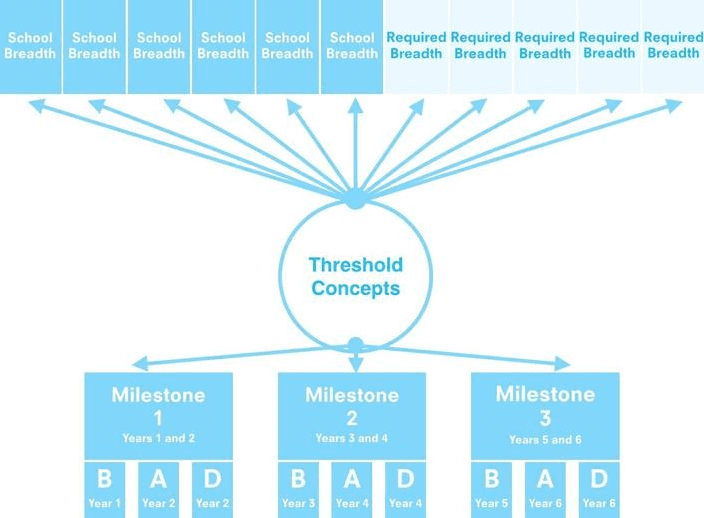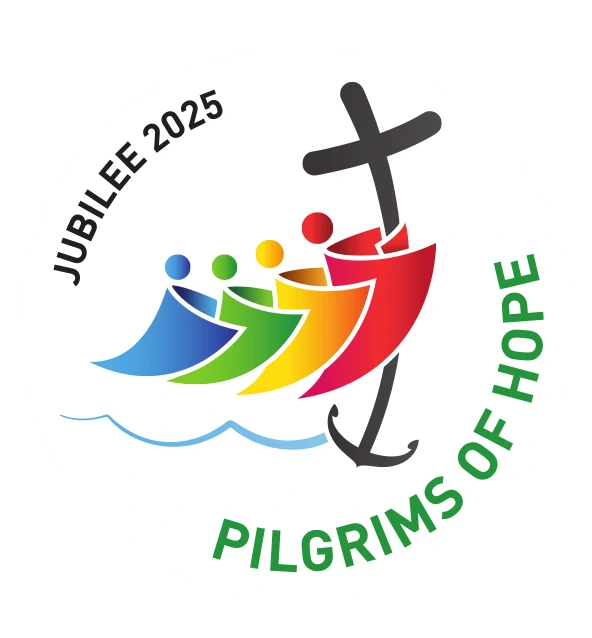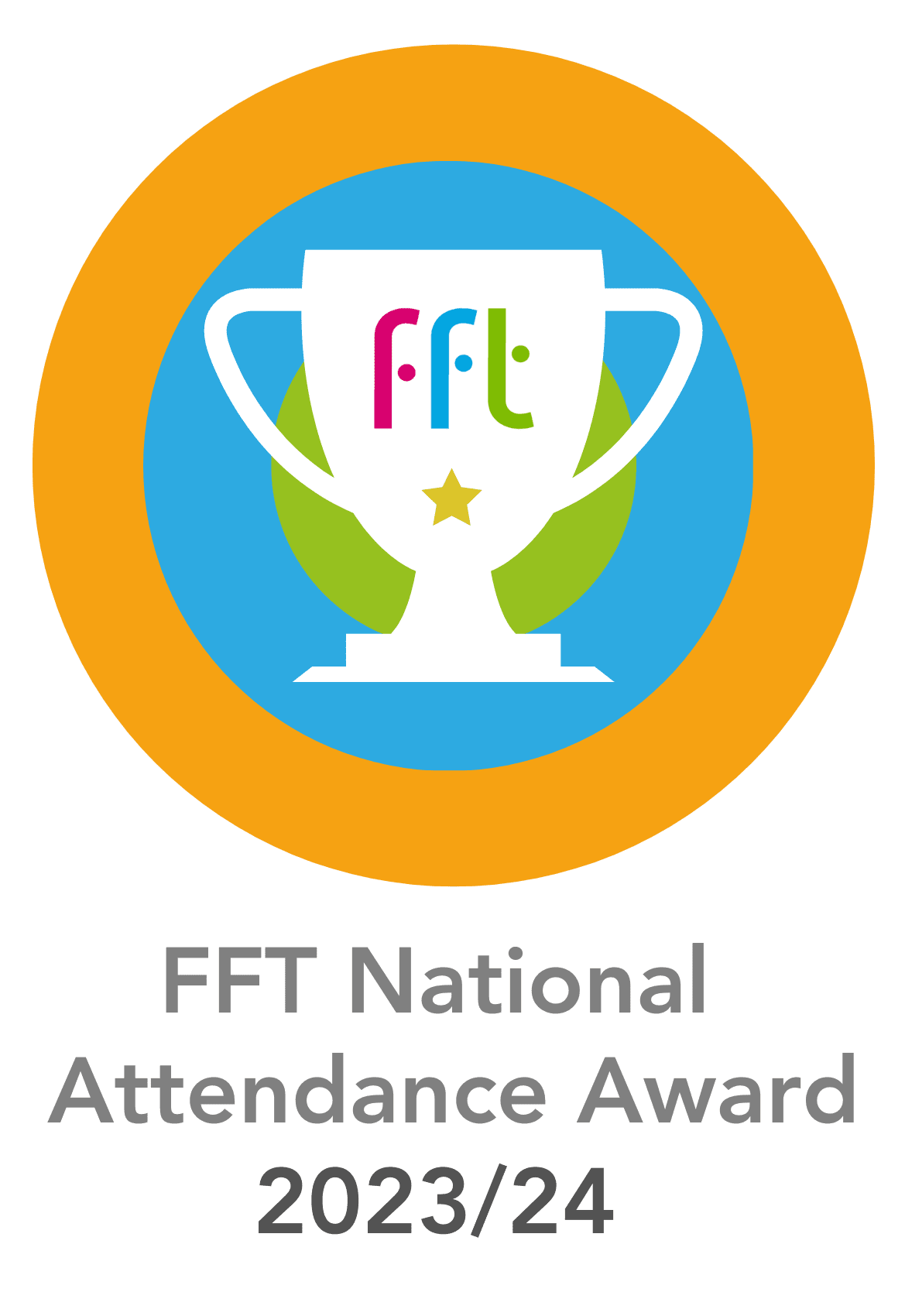At St. George’s Catholic Academy, we are committed to high quality teaching and learning to raise standards of achievement for all children.
We recognise that education involves children, parents, staff governors, the local community, the Trust, the diocese and the local authority, and that for optimum benefit, all should work closely together to support the process of learning.
Working in partnership, we aim to:
- provide a Christ-centred, supportive, positive, healthy, caring and safe environment, which has high expectations and values all members of the school community;
- recognise the needs and aspirations of all individuals and provide opportunities for all pupils to make the best possible progress and attain the highest personal achievements; to enable them to ‘grow in faith and have faith in growing’.
- ensure children can develop as literate, numerate and technologically competent individuals, within a broad, balanced, exciting and challenging curriculum;
- provide rich and varied contexts and experiences for pupils to acquire, develop and apply a broad range of knowledge, skills and understanding;
- provide a curriculum which promotes the spiritual, moral, social, cultural, physical, mental and emotional development of the pupils;
- develop individuals with lively, enquiring minds, good thinking skills, self-respect, self-discipline and positive attitudes;
- encourage all children to be enthusiastic and committed learners, promoting their self -esteem, self-worth and emotional well-being;
- develop children’s confidence and capacity to learn and work independently and collaboratively.
Curriculum Intent Statement
Basic Principles
- Learning is a change to long-term memory.
- Our aims are to ensure that our students experience a wide breadth of study and have, by the end of each key stage, long-term memory of an ambitious body of procedural and semantic knowledge.
Curriculum Intent Model
- Curriculum drivers shape our curriculum breadth. They are derived from an exploration of the backgrounds of our students, our beliefs about high quality education and our values. They are used to ensure we give our students appropriate and ambitious curriculum opportunities.
- Cultural capital gives our students the vital background knowledge required to be informed and thoughtful members of our community who understand and believe in British values.
- Curriculum breadth is shaped by our curriculum drivers, cultural capital, subject topics and our ambition for students to study the best of what has been thought and said by many generations of academics and scholars.
- Our curriculum distinguishes between subject topics and ‘threshold concepts’. Subject topics are the specific aspects of subjects that are studied.
- Threshold concepts tie together the subject topics into meaningful schema. The same concepts are explored in a wide breadth of topics. Through this ‘forwards-and-backwards engineering’ of the curriculum, students return to the same concepts over and over and gradually build understanding of them.
- For each of the threshold concepts three Milestones, each of which includes the procedural and Knowledge categories in each subject give students a way of expressing their understanding of the threshold concepts.
- Knowledge webs help students to relate each topic to previously studied topics and to form strong, meaningful schema.
- Cognitive science tell us that working memory is limited and that cognitive load is too high if students are rushed through content. This limits the acquisition of long-term memory. Cognitive science also tells us that in order for students to become creative thinkers, or have a greater depth of understanding they must first master the basics, which taken time.
- Within each Milestone, students gradually progress in their procedural fluency and semantic strength through three cognitive domains: basic, advancing and deep. The goal for students is to display sustained mastery at the ‘advancing’ stage of understanding by the end of each milestone and for the most able to have a greater depth of understanding at the ‘deep’ stage.
- As part of our progression model we use a different pedagogical style in each of the cognitive domains of basic, advancing and deep. This is based on the research of Sweller, Kirschner and Rosenshine who argue to direct instruction in the early stages of learning and discovery based approaches later. We use direct instruction in the basic domain and problem based discovery in the deep domain. This is called the reversal effect.
- Also as part of our progression model we use POP tasks (Proof of Progress) which shows our curriculum expectations in each cognitive domain.
Diagram of Content Model

Implementation
- Our curriculum design is based on evidence from cognitive science; three main principles underpin it:
- Learning is most effective with spaced repetition.
- Interleaving helps pupils to discriminate between topics and aids long-term retention.
- Retrieval of previously learned content is frequent and regular, which increases both storage and retrieval strength.
- In addition to the three principles we also understand that learning is invisible in the short-term and that sustained mastery takes time.
- Our content is subject specific. We make intra-curricular links to strengthen schema.
- Continuous provision, in the form of daily routines, replaces the teaching of some aspects of the curriculum and, in other cases, provides retrieval practice for previously learned content.
Impact
- Because learning is a change to long-term memory it is impossible to see impact in the short term.
- We do, however use probabilistic assessment based on deliberate practise. This means that we look at the practices taking place to determine whether they are appropriate, related to our goals and likely to produce results in the long-run.
- We use comparative judgment in two ways: in the tasks we set (POP Tasks, see point 12) and in comparing a student’s work over time.
- We use lesson observations to see if the pedagogical style matches our depth expectations (see point 11)
Ethos
The those and climate for learning underpins the agreed aims of the school. In the course of their daily work, the staff will contribute to the development of this ethos through:
- providing a calm and effective working environment, in which each child can produce his or her best work;
- providing a welcoming environment, in which courtesy, kindness and respect are fostered;
- providing positive role models;
- providing a fair and disciplined environment, in line with the school’s behaviour policy;
- effective management of their professional time;
- developing links with all stakeholders and the wider community;
- valuing and celebrating pupils’ success and achievements;
- reviewing personal and professional development in order to ensure a high level of professional expertise.
- Promoting our learning code:
-
- Doesn’t give up
- Remembers and reflects
- Asks good questions
- Goes for gold
- Original ideas
- Not alone
- Promoting our community code values of: Trust, Respect, Forgiveness, Aspiration, Determination, Curiosity and Faith;
- taking the lead in policy development and quality assuring knowledge organisers, resources and subject plans throughout the school;
- supporting colleagues in their development and implementation of knowledge organisers, resources and subject plans and in assessment and record-keeping activities;
- monitoring progress in their subjects and advising the Senior Leadership Team on action needed; taking responsibility for the purchase and organisation of central resources for their subjects;
- using release time to support colleagues;
- keeping up-to-date through research and continuing professional development.
Organisation
The learning environment will be managed in such a ways as to facilitate different style of learning and movement through the cognitive domains – moving from basic -> advancing -> deep tasks over time. Opportunities will be made for:
- whole class teaching;
- group work, organised according to appropriate criteria (i.e. ability, mixed ability, friendship, etc);
- one to one teaching;
- conferencing;
- collaborative learning in pairs or groups;
- independent learning.
All areas of the learning environment will be planned for, including, where appropriate, the outside areas, in order to ensure opportunities for a range of practical activities, which will develop appropriate knowledge, skills and understanding. The classroom will be organised to facilitate learning and the development of independence. For example:
- resources in each area will be grouped according to curriculum subject;
- book corners will be comfortable and attractive;
- labels and posters should be used wherever possible/appropriate to reflect the language diversity in the school;
- areas for imaginative play will change regularly, in order to give opportunities for a range of play and role-play which will contribute to learning in a purposeful manner;
- pupils will be involved in the maintenance and care of all equipment and resources.
Classrooms provide a stimulating and purposeful learning environment, including thought provoking and stimulating displays.
Differentiation
- pace;
- challenge:
- mastery:
- content;
- task;
- relevance;
- resources;
- extension;
- autonomy;
- teacher/adult support.
Pupils with special educational needs (including gifted and talented children) receive support provided by a learning support teacher, 1:1 Tuition or our inclusion manager where appropriate. Extra support is given in the classroom from teaching assistants. Additionally, advice is sought from relevant external support agencies when and where the need demands it. (See Special Educational Needs Policy)
Teachers set individual targets per child in English and Mathematics. In Writing, this is done on a 3 weekly cycle. In Reading and Maths, this is done over a half term. This is in addition to the formative assessment targets the teachers communicate to the children on a weekly or daily basis where appropriate. These are shared with the child and parents to encourage partnerships in learning.
Assessment, Recording and Reporting
Our curriculum carefully pinpoints the composite and component knowledge to be remembered by pupils across units of work, year groups and Key Stages. Regular assessments are made of pupils’ retention of this knowledge in order to establish the level
of progress made and to inform future planning.
To do this, we use the SRSCMAT Trust Assessment Framework, making a judgement using a 1-4 scale to show depth and retention of knowledge. We make summative judgements using this scale termly against the composite knowledge and on an ongoing formative basis using the Trust Assessment Matrix. Formative assessment is used to guide the progress of individual pupils. It involves identifying each child’s progress in each area of the curriculum, determining what each child has learned and what therefore should be the next stage in his/her learning.
Each lesson begins with a feedback session reviewing the previous lesson’s learning and includes a short task (e.g. red pen time) to address a misconception or be challenged further. (See Assessment, Marking and Feedback Policy)
Formal summative assessment is carried out at the end of each National Curriculum Key Stage (i.e. in Years 2 and 6) through the use of SATs and teacher assessment. Phonics are tested in Year 1 and re-tested where necessary in Year 2. Baseline assessment is used in Reception/Early Years within three weeks of starting school.
For more detailed information about subjects and curriculum cycles for your child’s class please visit your child’s class page here.




